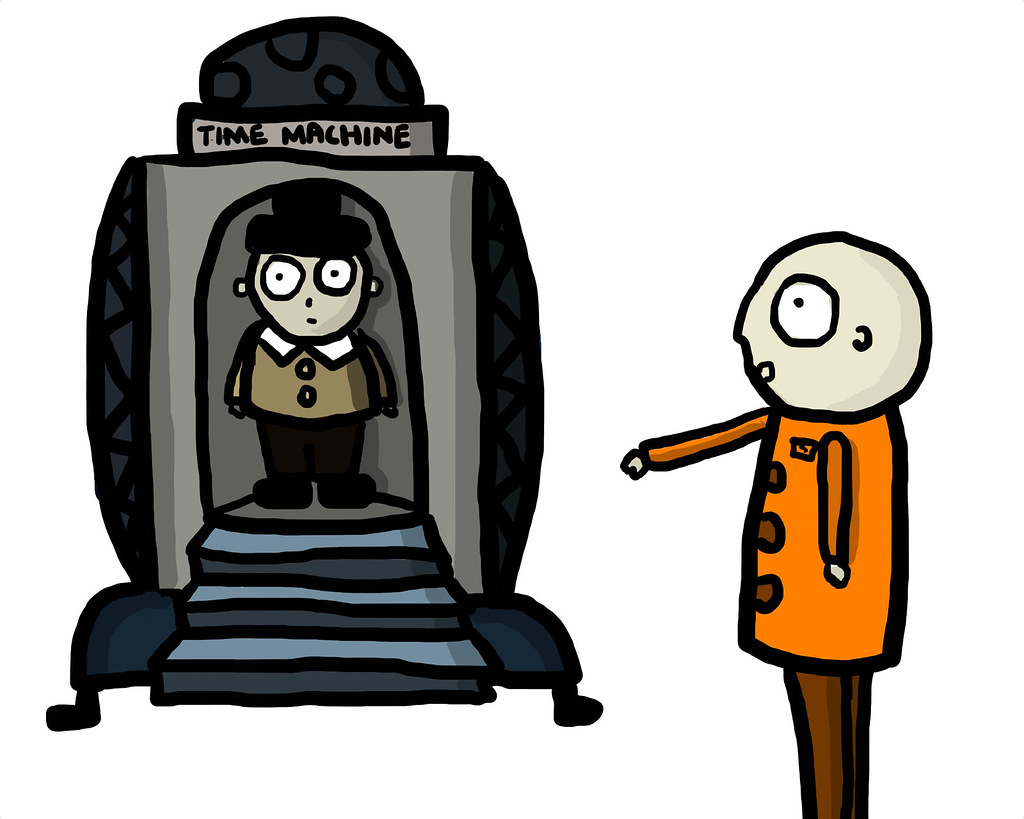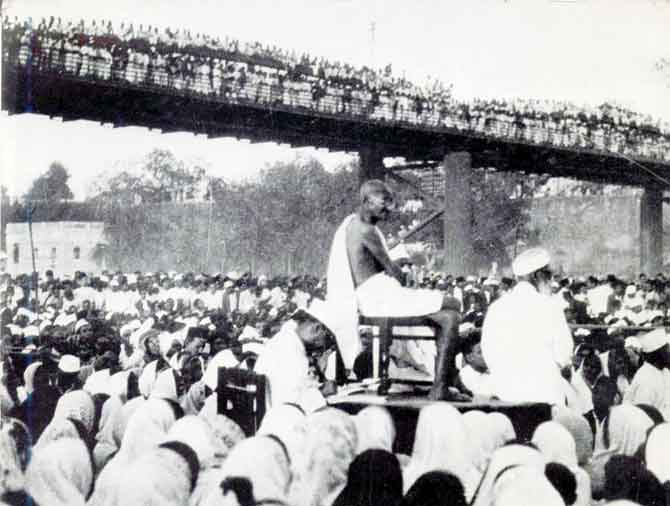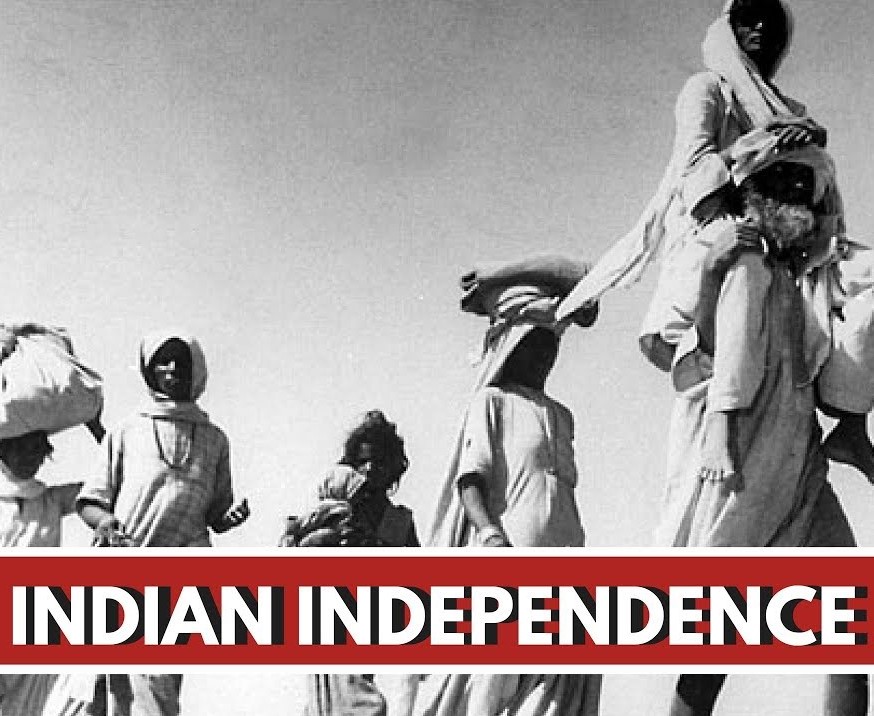
On 77th anniversary of independence, we are the fifth largest economy, possess one of the largest military forces, are world’s second largest cement producer, have been able to land a space craft on Moon and are world’s largest milk producer, it would therefore be worthwhile to travel back through the years which led us to freedom and to this stage.
Obviously, British must not have left us like this in a prosperous state, in 1947 and we would have grown slowly but surely.
Some may still cynically dismiss our present achievements, pointing to Bangladesh, Vietnam, Indonesia and of course China, as far as per capita income is concerned. But for a country, which in 1947 was amongst the poorest nations of the world, to have reached this milestone in 70 odd years is something we should be proud of.
Surely, this has not happened in just 10 years, it has been a long journey of 78 years, in which we saw rise of, Leftist movements leading to unionism and mass strikes, Naxalite violence, protests against capitalism leading to Nationalisaton of Banks and airlines, the rise of divisive forces that led to numerous separatist movements, Swadeshi cry leading to campaigns against foreign companies/investments and winding up of some foreign investments/companies and so on, but we kept moving forward, negotiating these hurdles - sometimes nudging these forces and sometimes assimilating them and have successfully reached this present state.
On this occasion we must travel back and examine how difficult was the road that we travelled and explore ourselves as to how true this famous Hindi song has turned out to be:
HUM LAAYE HAIN TOOFAN SEY KISHTI NIKAL KEY IS DESH KO RAKHNA MEREY BACCHON SAMBHAAL KEY.
In this journey, that began with the establishment of the British rule in India after having defeated the regional powers having control over different regions of the subcontinent – Siraj-ud-daullah in battle of Plassey in 1757, Tipu Sultan in 1799, the Marathas, thereafter the Sikhs and finally the united army of local chieftains in 1857 - few issues that pop-up again and again are:
- The British used Indian regional powers against each other– Mir Jafar to crush Siraj-ud-daullah,used Marathas to defeat Tipu Sultan, thereafter isolated Marathas and defeated them piecemeal, finally used them to defeat Sikhs and used Sikhs to crush 1857 war.
- The British like the previous invaders got so deeply entrenched into the system that the political leaders in early 1900s were not clear as to what they wanted. The idea of India as a modern Nation state did not exist in the minds of people then; neither by Kittur Amma, Yeshwantrao Holkar-I nor Rani Laxmibai, nor by any King who fought 1857 war against British, nor the famous Mangal Pandey. They were all either fighting to save their own kingdoms or for their religion. India was no where in their minds and that’s why when the issue came up to project a united front, the soldiers could not think beyond weak Bahadur Shah Zaffar.
Through the ages this trend persisted. For instance, the Muslim League was happy with a Dominion status under the British Empire as South Africa, New Zealand and Australia had. The supporters of the Home Rule movement wanted, as the name implies, some political reforms that could enable the Indians to handle the local administration while still under the British rule. Then there was one big party, the Congress, the only one which had members from all parts of the country. It was an umbrella organization consisting of ; moderates, Leftists, rightists and extremists and because of their conflicting ideas they all argued, fought incessantly as the kings had been doing for centuries and could barely come to a unanimous decision and provide direction to masses who were reeling in poverty.
Therefore, its members had different goals; Some wanted dominion status and some home rule, some just wanted to get rid of the British by whatever means possible and some advocating slow and steady movement towards ultimate and full freedom.
In the absence of any mass leader to unite all these different groups within and outside Congress and without any concrete direction to move, the rest of India continued to suffer. Romesh Dutt in his book ‘Indian Economy under British’ wrote that almost 15 million people had died in just 25 years from 1877 to 1900, due to poverty, hunger and deprivation. The political leaders were mainly from the elite class – lawyers and landlords like Lala Lajpat Rai, Bal Gangadhar Tilak, Motilal Nehru, Jinnah, Aurbindo Ghosh, Gopal Krishna Gokhale etc – who were squabbling amongst themselves while the masses lived in dire conditions of extreme poverty and starvation. These leaders were also barely interested in easing the burden of peasants and working class. Bhukey ko kya chaiye roti, so the masses were just not interested in this politics of freedom, home rule, dominion etc. Nation meant nothing to them.
This made the task of the British administration all the more easier as they could pit these leaders one against the other. This is what the British Viceroy wrote after the huge pandemonium in Congress session of 1907 at Surat, ( in which various sections of Congress ;Tilak, Lala Lajpat Rai, Aurbindo and Gokhale factions fought amongst each other and consequently split the party into two) “The ‘Congress collapse’ at Surat is ‘a great triumph ”.
The British Govt machinery, post-split, as Gokhaleji had anticipated got after the leaders, each one of them was arrested and put behind bars. Tilak was sent to Burma, Lala Lajpat Rai was arrested who later on left for USA, Guru Aurbindo escaped to the French colony, Pondicherry and became a preacher, Damodar Savarkar sent to jail. The split helped no one ; neither the extremists, nor the moderates. All this created a feeling of despondency in the country. It only helped Englishmen, who rejoiced playing one against the other. The discord amongst Indian leaders didn’t dissolve for many years, at least up till 1920s.
Despite there being no direction and harmony amongst the national leaders, few young dedicated brave hearts, at great risk to their lives, continued to resist the British by carrying out sporadic bomb blasts and minor attacks on the British officials in urban centers. But they were easy to eliminate, which the British did eventually. Some were sent to the gallows, some sent to prisons in far off lands, some ran away to distant lands and started preaching, some sought mercy and became covert supporters of the British cause. As a result, while the British continued to milk India for all its worth, the masses suffered. In short, although the undercurrents were against the British rule but a lack of synergy was not getting us anywhere. No one seemed to have an answer to end the British misrule.
ChandraShekhar Azad's Pistol kept at National Meuseum Allahabad

The Gentle Breeze that made the Sleepy Nation to Rise.
Then arrived Gandhiji from South Africa in 1915, whose firm belief was to oppose injustice without using violent means. He had been widely successful to get Indians their rights in South Africa. His simple and frugal lifestyle appealed to the masses and his action oriented approach and tenacity to stand firm against the British injustice won him many supporters. The whole lot of Indians from all over the country suffering for decades felt that this man cared about their welfare and will improve their lives. It’s worth listening/reading the first public speech of Gandhiji at the inaugural ceremony of Benaras Hindu University in order to understand the India then. https://www.mkgandhi.org/speeches/bhu.php
He stood for farmers rights at Kheda, at Champaran, and for the rights of Dalits to enter temples. He didn’t only talk but even went and spent weeks in their colonies/villages. Clearly he led by example.
The first Non cooperation movement that was launched in 1921 was the first of its kind. The British for the first time confronted a united Indian front and were visibly shaken. This movement marked the transition of Indian national movement from a middle-class to a mass movement.
Gandhiji in the next 27 years not only launched a series of civil disobedience/non cooperation movements but also built a strong team of learned and dedicated people so as to give India numerous leaders who could provide direction to a Nation which had lost its political freedom almost 800 years ago. It is really appreciable and speaks volumes about the Leadership qualities of the old man to successfully build a team of learned people particularly so, when one is not in a position to provide any ministerial doles or monetary benfits. Its always difficult to retain talent.
Many a nations have suffered because after attaining freedom they slipped back into chaos because their founding father failed to groom the future leaders. This is usually the difference between a Good Leader and a Great Leader. Jinnah might be a Good leader but failed to provide his nation a team of able leaders and therefore, soon after his demise Pakistan slipped into chaos. Today it has three Constitutions.
Dandi March of 300 Odd miles ; A Glimpse.



Managing Diverse Apsirations.
Another development at the time threatened the birth of India. As the idea of freedom and rights spread amongst the people, many Indian communities started demanding for their rights. The Muslims, the backward communities, the Sikhs, the Hindus, Parsis, the Tamilians, Nagas, the peasants, etc everyone gradually started demanding for their separate rights and freedom. There were many forces working then; anti-Brahmins, anti-upper caste, anti-Landlords, anti-Muslims and anti-Hindus and so on. Thus came up Muslim League, Hindu Mahasabha, RSS, Shiromani Akali Dal, Naga National Council, Independent Labour Party of Dr Ambedkar, that opposed the Brahamanical and capitalist structures in India. The Justice Party of Madras which spearheaded the Dravidian movement against Brahmins, All India Khilafat Committee a Pan Islamist movement demanding to restore the Caliph of Ottoman (Turkey) Caliphate, tribal movement of Mundas by Birsa Munda, Communist movement to end the Zamindari system and many more such organizations emerged with narrow goals, demanding freedom for their own groups/ Community.
Each of these parties were working at cross purpose and this made the task of the British easier, as earlier they could play leaders against each other, now they could play communities against each other. It also made the task of uniting each faction very difficult. Thus, many movements against the British like Bengal Swadeshi movement of 1905-07 and Gadar movement of 1915 remained localized and had marginal pan-India impact, because of the lack of unity and therefore soon fizzled out. British easily handled them piecemeal either by appeasing one community over the other or with a heavy hand. Partition of Bengal in 1905, separate electorate for Muslims and subsequently for backward communities were few such attempts made to divide Hindus and Muslims and divide the Hindu society as a whole respectively.
Although, India has had a continuous history of 5000 years, but, it has been checkered with divisions; each community had a grievance or scores to settle with the other. The Hindus against Muslims, the upper caste vs. lower caste, the Dravids against the North Indian Brahmins, the farmers against the Zamindars and working class against the elites. Everyone viewed the other with suspicion. It required a herculean effort to unite them and synergize the efforts towards achieving freedom.
So, it’s not strange to note that Dr Ambedkar was against Gandhi, Muslim League and Jinnah disliked Gandhi, Hindu Mahasabha leaders disliked Gandhi; fortunately for India none could reduce his mass appeal. Some of these leaders including Swarkar went to the extent of opposing the Quit India movement and requesting the British to arrest those leaders who are in support of the movement.
Fortunately, Gandhiji and his team had learnt the lessons of the past and did not allow the British to divide the masses and also the leaders and did not give British an opportunity to rejoice like they did in 1907. Gandhiji’s fast unto death that led to Poona Pact of 1932 between Gandhiji and Dr Ambedkar, in that sense was extremely important as it foiled the British attempt to divide the Hindu society.
Nonetheless, despite Gandhiji’s best efforts the deep Hindu-Muslim divide, backed by historical suspicion, could never be bridged. Thus, in the 1940 Lahore Resolution Jinnah publicly announced that Hindus and Muslims cannot live together. This had tremendous impact on not only the Muslim population who now envisioned of separate Islamic Nation but also on other communities who were concerned about their future and also started thinking of a separate Nation like the Dravids, Nagas, Sikhs etc. The hardliner Hindus further precipitated their fear. This could endanger the unity of the country which had still not become a reality. So, something had to be done to infuse confidence amongst various communities. The Leadership then was visionary enough to comprehend the apprehensions of other communities/ regions and so proclaimed that THE FUTURE INDIA WILL BE FOR ALL AND WILL MAKE NO DISTINCTION ON THE BASIS OF RELIGION, CASTE OR CREED.
Finally, after the Quit India movement of 1942, when millions came out on the roads against the British , almost a year of communal riots between Hindus and Muslims, and Bose’s INA energizing aspirations, the economically weakened British, post-world war, finding itself unable to manage affairs preferred to just leave.
The Awakened India of 1942 ; A Glimpse.

Each one of them Gandhiji and his team, hundreds of extremists, Bose' INA, Poets and thinkers - Rabindranath Tagore and, Bankim Chandra Chaterjee's - Vande Matram that inspired millions of Indians, Social reformers like Ishwar Chandra Vidya sagar, Raja Ram Mohun Roy, Visionaries ; Gopal Krishan Gokhale, Tilak, Lala Lajpat Rai and millions of Indians who gave up British awards and British Jobs, peasants who despite all hardships stood firm at Kheda , common men who preferred to wear Khadi and gave up British cloth and quietly participated in Bapu's movements or helped extremists giving them food and shelter had contributed towards our Freedom.
Ultimate Toofan
Thus, India got its freedom on 15 August 1947. This was anything but peaceful as the ensuing riots and partition displaced millions. In the civil war declared by Jinnah that led to riots in Bengal and many other parts of the country, almost 5000 innocent lives were lost on the first two days in Bengal. This violence could not be allowed to continue as this would give the British another opportunity to extend its rule in India and served Jinnah's purpose.
There was no way that the Nation could remain united but the fear was that this demand for freedom should not spread to other communities, as many others had already voicing such demands. The demand for Khalistan and Naga independence had already begun. The Kings of various Princely states were also keen to retain their independence.
Another major problem on 15 August 1947 was that no one knew what would be the map of this new nation. As many as 500 Kingdoms/Princely states that had accepted British supremacy under an agreement were free to either be independent or join India or Pakistan. Only those states which were directly ruled by the British Govt were automatically part of new India.
This created a complex problem as many kings wanted to retain their freedom and some even wanted to join Pakistan for instance the King of Udaipur was keen to join Pakistan and State of Bhopal, Kashmir, Nizam of Hyderabad etc wanted independence. Similarly, there were many groups/parties who did not want to be part of India for instance the Naga Council and Justice party of Dravids. Many of them displayed black flags on 15th August as a mark of protest. It took almost two years of hard work, negotiations, agreements, some rewards and concessions to get all the Princely states under the fold of this new Nation.
Under these conditions our Nation was born on 15 Aug 1947.

Ronal Reagan once remarked ; Freedom is never more than one generation away from extinction. The Freedom is not passed to our children in the bloodstream. It has to be fought for, protected, and handed on for them to do the same.”
But this can happen only when one understands the importance of freedom and one can understand the importance only when one knows how it came about and the challenges the previous generations faced to get us freedom and uphold freedom.
Author. Col N Bhatnagar is an alumnus of NDA, Prestigious Def Services Staff College and XLRI. He served in Indian army as an Infantry Officer in all parts of the country and also in Srilanka and has also worked with Reputed Companies - Power, Hospitality and Health Care sector . He has also worked as a National Assesssor of CII for its CII-EXIM Bank Award and HR Excellence award. He has also authored Three Books.
Disclaimer. The views expressed are of Author.
